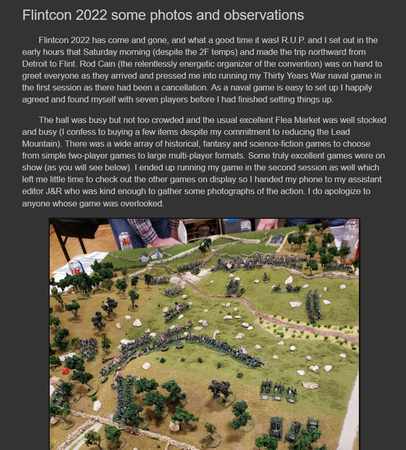The next job was to produce a flying base. I have tried many commercially available flying or clear bases, but have found that my custom flying bases work best for these models.
The basic ingredients are:
- a Games Workshop 40mm round base
- a metal servo rod (used by radio-control modelers)
- a metal washer
- and a piece of plastic sprue or rod

I remove from the bottom of the 40mm base all but the central hole/tube. Then superglue a metal washer to the base (the hole/tube will fit through the washer hole). I then fill the central hole with sprue or rod, and drill through from the bottom with a twist drill. The metal servo rod is cut to size and inserted into the hole, and secured in place with superglue. (I find that varying the height of the rods and therefore the models adds to the visual appeal of the game.)
I find that these custom bases work for me, and the models do not topple over. (With larger models, I use two washers, or fill the space around the single/double washers with scrap pieces of old lead figures.)
Once the construction is finished, I coat the base with PVA glue, and scatter sand and grit onto the base. The base is painted with Model Colour acrylic paints (dark brown and red), and washed with Kleer and black ink before being drybrushed with red. The base is tidied up with GW black, and then varnished (as detailed above).


I print the name plate on the computer, and mount to white card with double-sided tape, before cutting to size and gluing to the base with thick PVA glue.

The final action is to add a flag. I usually print the flags from the internet, and glue with PVA glue. In this case, the flag was over-painted with red and white paint to make the stripes look better, and the stars on the blue background were painted in a circle (the U.S. fleet in my Aeronef/Space 1889 background are still not 'united' with the South or CS forces, and Texas is an independent country).










